No-till Gardening Using Cardboard
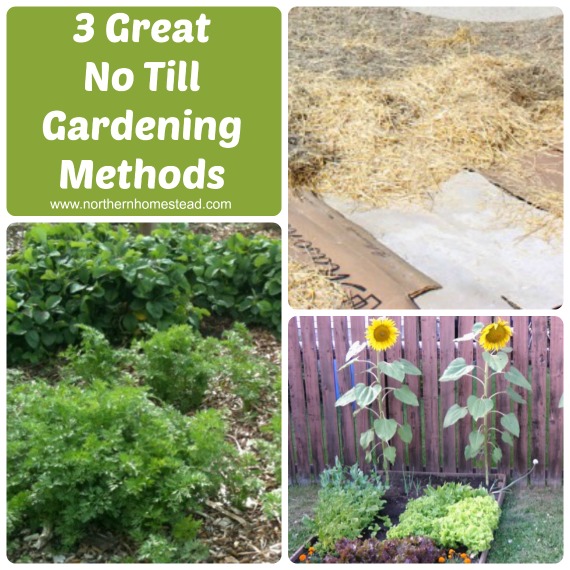 We are constantly on the lookout for simpler and more effective gardening methods. Discovering the no-till method was a big step in this direction. I must admit that at first it almost sounded too good to be true. We were used to spading the whole garden by hand. But then again what does a "whole garden" mean if you can plant in square feet? Here are 3 no-till gardening methods we use: sheet mulch, just mulch, and square foot gardening.
We are constantly on the lookout for simpler and more effective gardening methods. Discovering the no-till method was a big step in this direction. I must admit that at first it almost sounded too good to be true. We were used to spading the whole garden by hand. But then again what does a "whole garden" mean if you can plant in square feet? Here are 3 no-till gardening methods we use: sheet mulch, just mulch, and square foot gardening.
All three have their place in the following respective situations: if you need to build good soil, you have good soil, or even if you got no soil to garden in at all.
1. Sheet Mulch Garden
With sheet mulching, you can build a productive garden no matter what the soil underneath is like. It's a great method to convert a hey or grass field into a garden. Also if you have rocks, sand, or clay soil, sheet mulching is the way to go.
If you have good soil, scroll down to the no-dig mulched method. If you have very poor soil, you will benefit from more sheet mulch layers.
Sheet mulch is also called lasagne gardening, just like with the yummy dish, you layer natural material to create good soil.
There are many ways to do a sheet mulched garden. You can hardly do it wrong, as long as natural materials are being used. Hey, straw, compost, manure, wood chips, leaves, and twigs, can all be used.
Here is an example of a sheet mulched garden:

1. Begin with a cardboard or newspaper layer. Some like one more than the other, some use both. Brown cardboard is what we used. It is easy to get and simple to work with. The cardboard will prevent weeds from growing, and feed the worms in the process.
After we have done it so many times, we would not insist that this step is crucial. It works without cardboard or newspaper too if you add a good layer of everything else. See how we converted a hey field into a garden.
2. Add a good amount of natural material. You will need about 6 inches (ca. 15 cm) of compost, which can be less finished. Using compost seems to be the easiest and fastest way to build a garden.
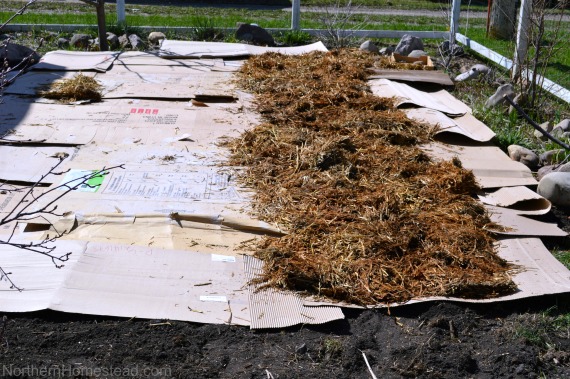
If you do not have that much compost, you can use wood chips, hay, or straw as a base for the garden instead. The looser the material, the more you will need.
3. Top with a good compost about 1,5 inches (ca. 4 cm) as your growing layer. The pictures show how we build our mainraised beds in spring 2014. Seven years later we still use these beds and the soil gets better year after year.
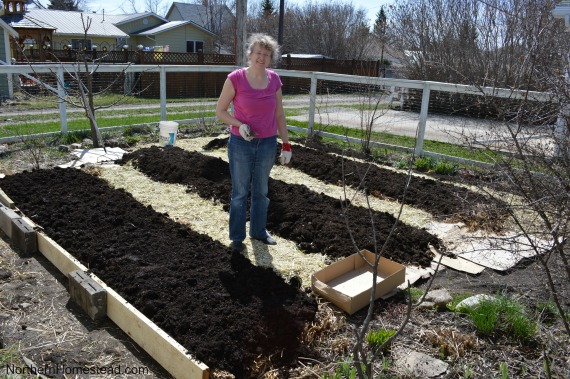
4. Mulch with the natural material of your choice. This part needs to be repeated every year. We talk more about mulch below.
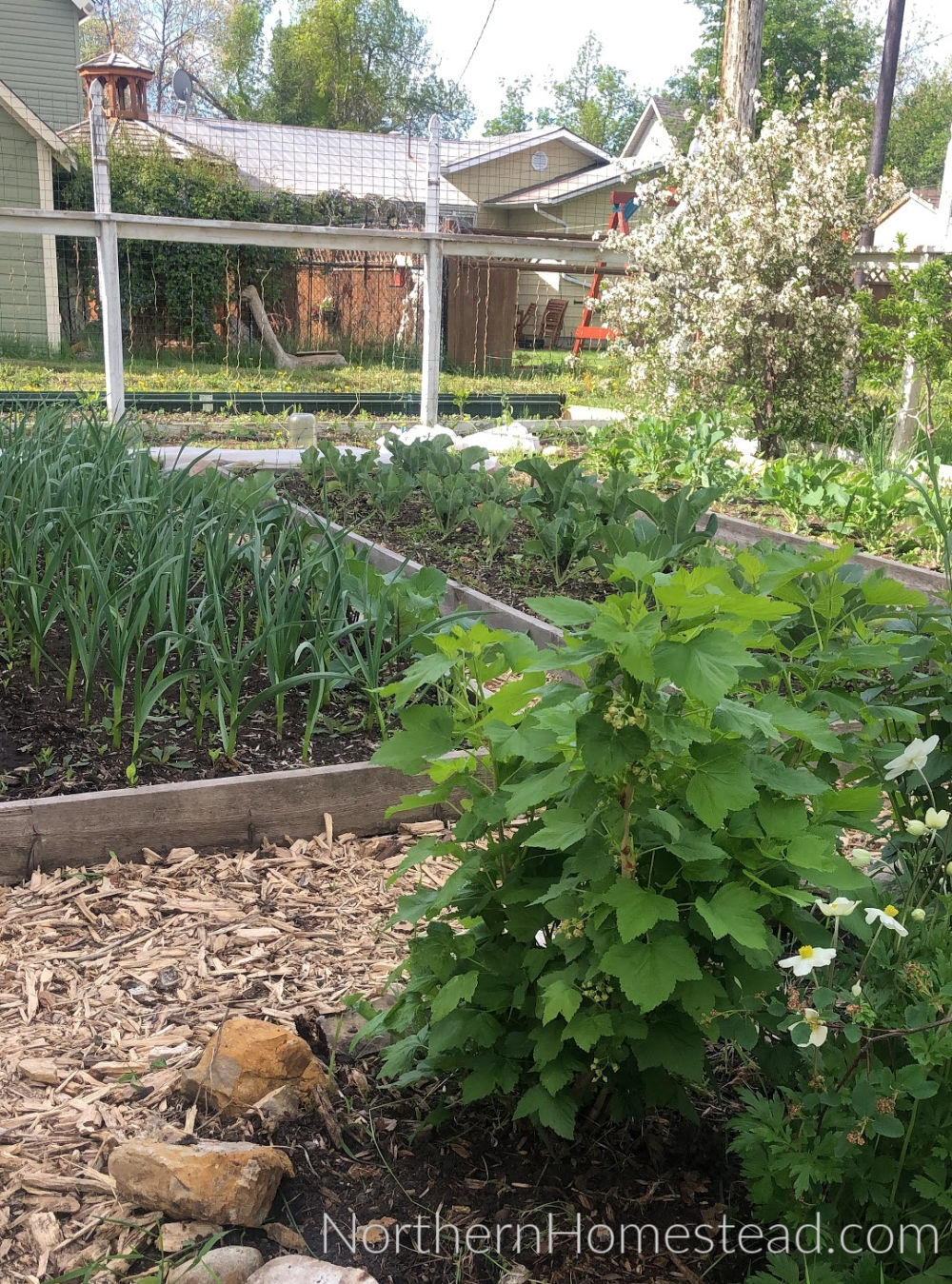
Sheet mulching is also known asLasagna Garden,Back to Eden, or No-Dig, here is more info on these methods:



2. No-Dig Mulched Garden
If you already have a garden plot with great soil and are only looking to switch to a no-till garden, mulching is the way to go. Yes, it is that simple, just cover the soil with a thick layer of mulch, and all the tilling is not needed any longer. We write more about the method in the articleTo till or not to till the garden.

Ruth Stout discovered this simple gardening method almost a century ago when in spring her tiller did not come on time, and she was so tired of waiting before she could plant her garden. It was a revolutionary method back then, and just as effective today. Ruth's "No work" books will inspire you.


For mulch, you can use old hay (make sure it is seedless), wood chips, grass clippings, or any organic matter you have on hand.
Compost seems to be the best cover in a wet climate, to prevent slugs from hiding in the mulch.
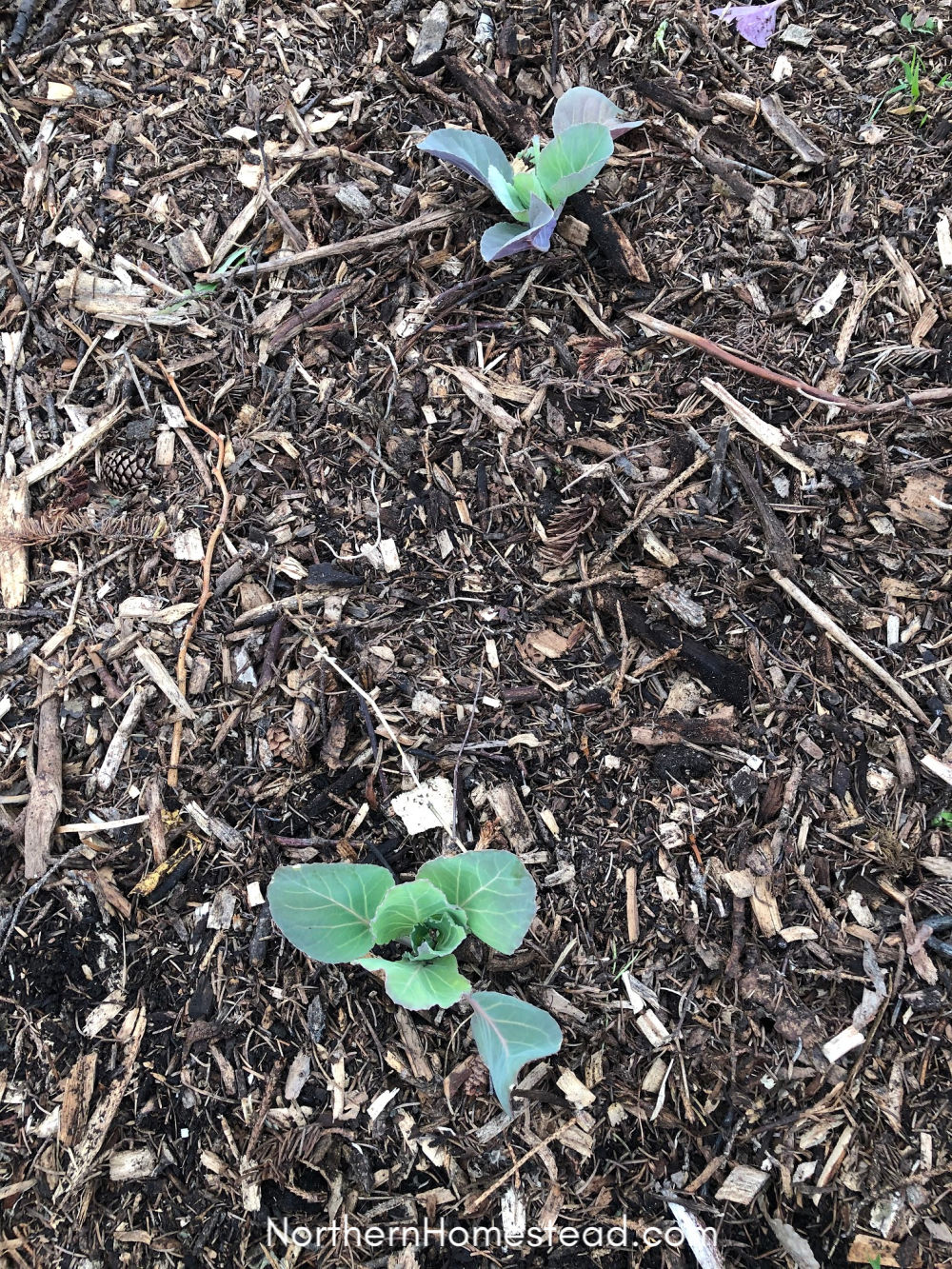
Wood chips work well as mulch in a dry climate, make sure you use theright wood chips for the garden because you will be planting into them in spring.
Also, if you started with a sheet mulched garden, it will become a mulched garden over the years. An annual cover of mulch is needed to retain the effect of no-tilling. Over the years you might need less and less mulch, but keeping the soil covered will always be important.
3. Square Foot Garden
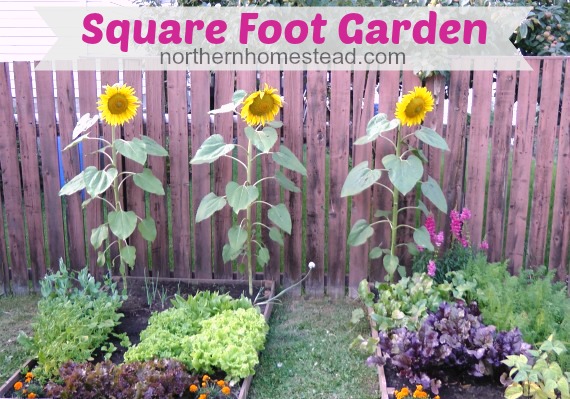
I still remember when a guest told me about the square foot garden. I looked at her in disbelieve, not even grasping what she was talking about. Gardens come in rows, right? That's basically all I knew. It made me curious though, and I started looking up info on square foot garden, that she was so enthusiastic about.
There are two sides to the square foot garden. For one, it is a way of planting and this is how Mel Bartholomew started it. Instead of planting a garden in long rows with lots of space in between, you plant the garden by using every square foot – hence the name. Any garden that has fertile soil can be planted this way. You can have a sheet mulched square foot garden just as well as a mulched one.

Instead of planting in rows, you plant in squares following a Seed-Sowing Template giving each plant just enough room to grow. This can easily be done by hand, planting 1, 2, 4, and up to 16 plants into one square foot, depending on what you are growing.
Note for cold climate gardening, we have found that planting too densely does not work so well. Cold plus shade works against each other. I still use the method, but leave a bit more space between the squares, like a squere row, or just make a bit more generous sqares.
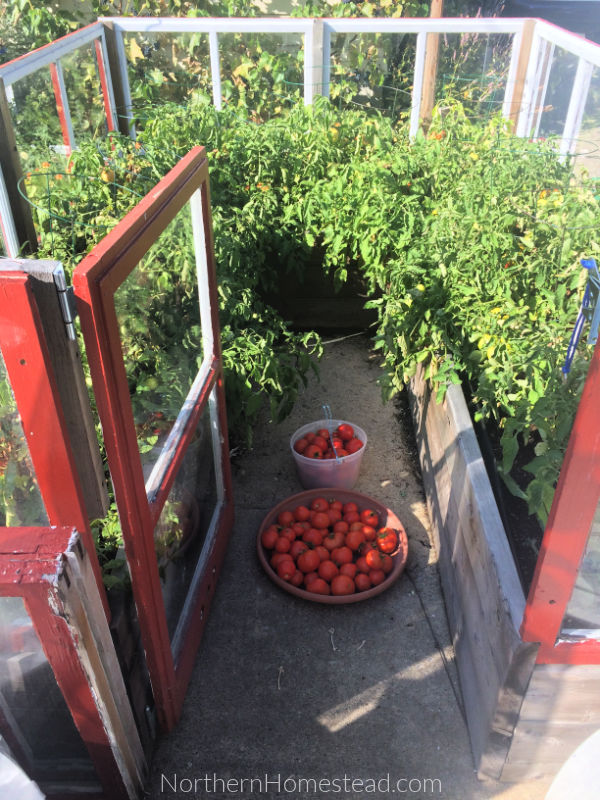
Second the All new Square Foot Garden – is a great method if the existing soil is of no use at all, or you build a garden where there is no soil. Here you build some raised beds with new soil. A square foot garden can be built just about anywhere – on driveways, balconies, or small yards. We use Mel's Mix in our raised garden bed, and grow bags.
To make the soil for a square foot garden combine the ingredients of Mel's Mix:
- 1/3 compost
- 1/3 vermiculite
- 1/3 peat moss
You can find all of these ingredients in a garden center or Home Depot. The measurements are by volume not weight. You will find all the needed info in Mel's informative books. These books are great for any beginner gardener because as we said above any garden can be a square foot garden.


Even though all 3 No-Till gardening methods are different, they are all great and successful. If you have experience with one of these or another no-till garden method, please share in a comment.
Don't forget to subscribe to Northern Homestead and follow us on Instagram,Facebook, or Pinterest for the latest updates.
More posts you might enjoy
No-till Gardening Using Cardboard
Source: https://northernhomestead.com/no-till-gardening-methods/
Posted by: millerwiffand2002.blogspot.com

0 Response to "No-till Gardening Using Cardboard"
Post a Comment